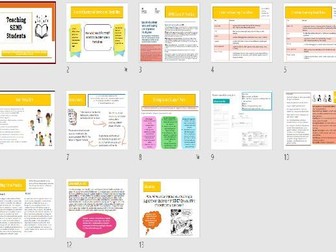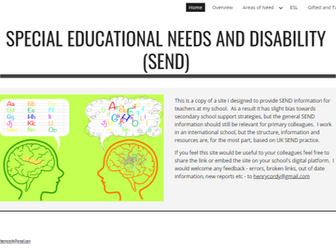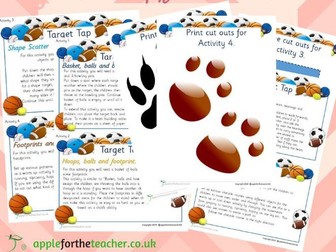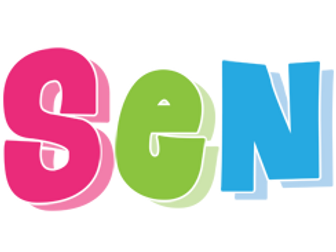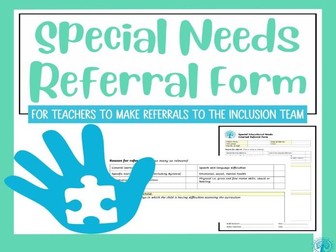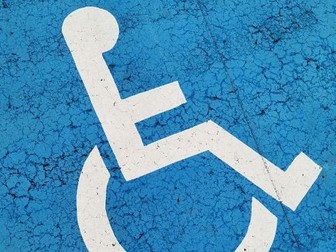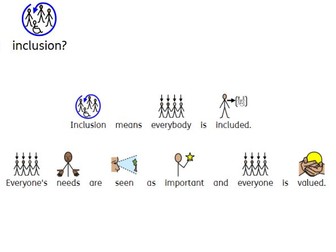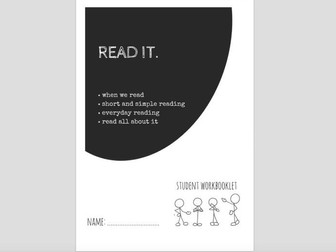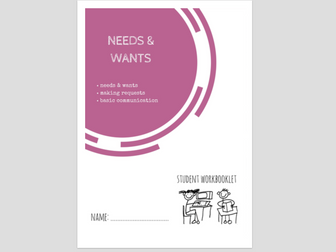CPD Special Educational Needs and Disabilities SEND
<p>A great and informative PPT to support teachers/relevant staff with SEND. This CPD covers: SEND Code of Practice, common learning difficulties, Strategies, Assessment and Case Studies. It has tasks for teachers to complete to support their understanding and help influence their action.</p>
